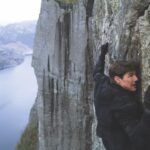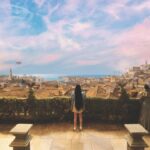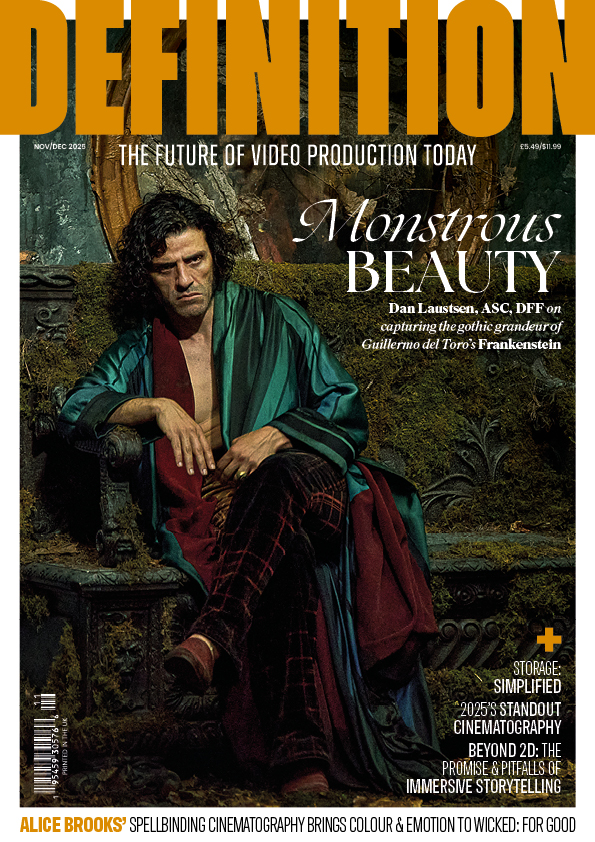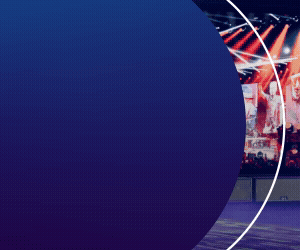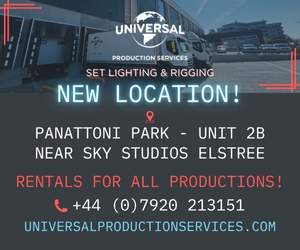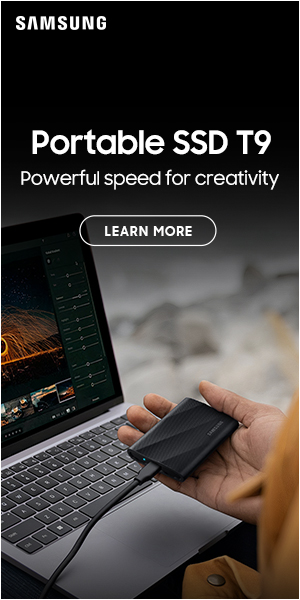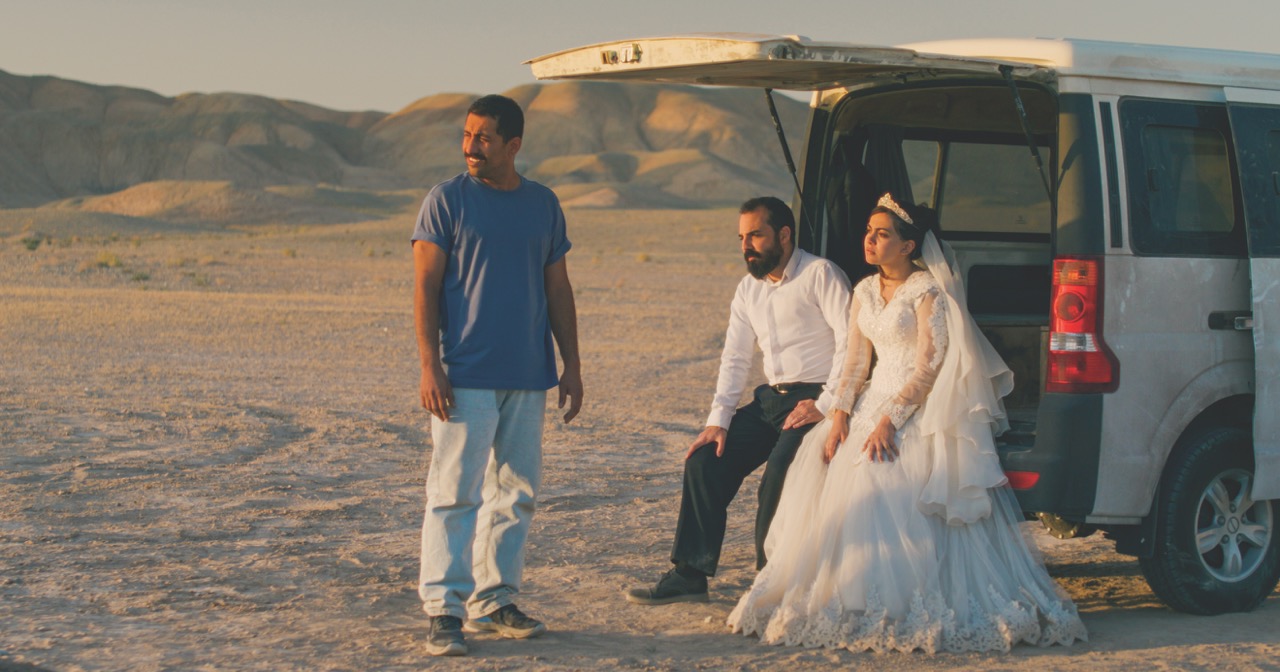
Notes on…It Was Just an Accident
Posted on Aug 28, 2025 by Admin
Cinematographer Amin Jafari shares his memories from the shoot for It Was Just an Accident, the 2025 Cannes Palme d’Or-winning thriller directed by Iranian auteur Jafar Panahi
On realism (as a choice and a necessity)
It Was Just an Accident was made without official permits and with a tiny crew – a conscious decision aimed at preserving safety, flexibility and speed throughout production. These circumstances pushed us from the very beginning towards a stripped-down, low-profile shooting style. The film’s visual language was shaped directly by the limitations we faced. The frames, lighting and spaces weren’t recreated, they were the actual environments where we and the cast actually lived. The image became a continuation of lived reality, not a representation of it.
In this film, realism wasn’t just a stylistic preference; it was a necessity rooted in the lived conditions of production. Set design, lighting and even camera distance were adjusted according to real locations. We used what was already available in the real world, and whenever some form of reconstruction was unavoidable, we tried to remain faithful to reality – an extension of it, rather than a departure. The goal was never to create something polished or theatrical, but to let each scene feel as close as possible to how life actually unfolds.
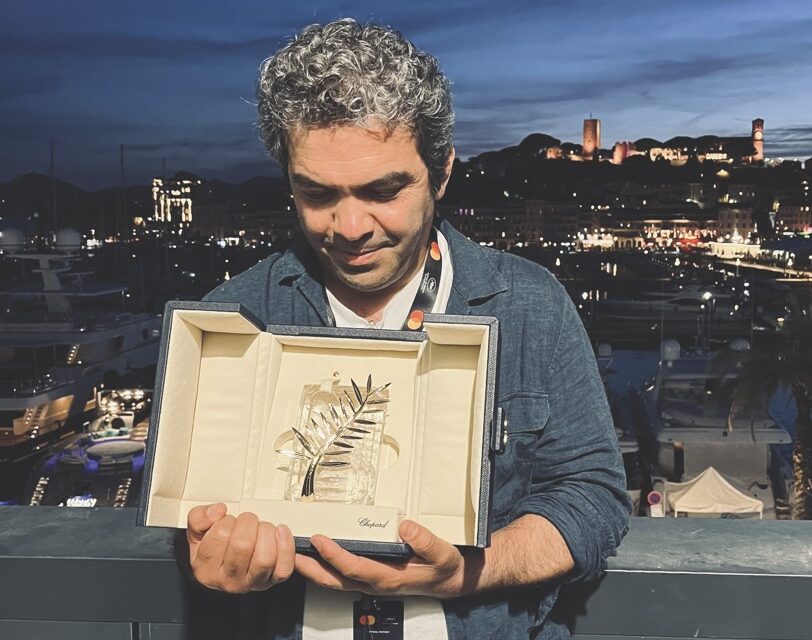
On visual consistency during a fragmented production
It Was Just an Accident takes place over roughly 35 to 40 hours in the lives of its characters, but the filming was completed in less than 30 shooting days (spread out over a much longer period). Midway through production, we were forced to halt for about 20 days due to the appearance of security forces. This interruption could have completely disrupted the emotional and visual continuity of the film – but preserving that was a priority throughout.
The film begins with several nighttime scenes, followed by daytime sequences that make up a large portion of the story. This meant paying close attention to the continuity of natural light; brightness, sun angles and the position of shadows all had to remain consistent. Some scenes that appear continuous in the story were actually filmed on entirely different days, but the visual design was carefully constructed to avoid any break in the viewer’s experience.
Continuity under these conditions came from careful observation, attention to detail and ultimately a strong commitment to the film’s visual logic. In a fragmented and often unpredictable production schedule, it demanded constant focus and follow-through at every stage of the shoot.
On lighting without a lighting crew – and trusting what’s already there
We didn’t work with a dedicated lighting team on this production – a conscious decision shaped by our need to move quickly, quietly and without drawing attention. As a result, all lighting came from natural or available sources – sunlight, light filtering through a car window or whatever was already present on location – which was street lamps, ceiling fixtures and car headlights.
That might sound limiting, but in reality, it created a visual tone that felt honest and grounded. Instead of creating light, we were discovering it. This mindset shaped everything: the framing, the camera’s position and even when we chose to shoot a particular scene. There were times when the shooting schedule for a scene wasn’t based on the production plan, but purely on the quality of light available at that moment.
Of course, there were moments when lighting became technically unavoidable. But as I mentioned earlier, I always aimed to keep the lighting invisible. The goal was never to impose light onto a scene, but simply to reinforce what was already there – just enough to expose it correctly without disrupting the natural texture or mood of the space.
I recall a nighttime scene in which a car travels along a dirt road toward an off-grid location, the only light source being the vehicle’s headlights. In the two scenes that followed, we relied entirely on the red taillight of the van to illuminate both the environment and the actors.
Deciding to shoot an entire scene – especially one consisting of a single, ten-minute shot with a fixed camera and an almost imperceptible movement – under that red light alone was a pretty scary choice. I wasn’t sure how it would sit next to the rest of the film visually. But in the end, that moment turned out to be one of the most unexpectedly powerful scenes of the whole project.
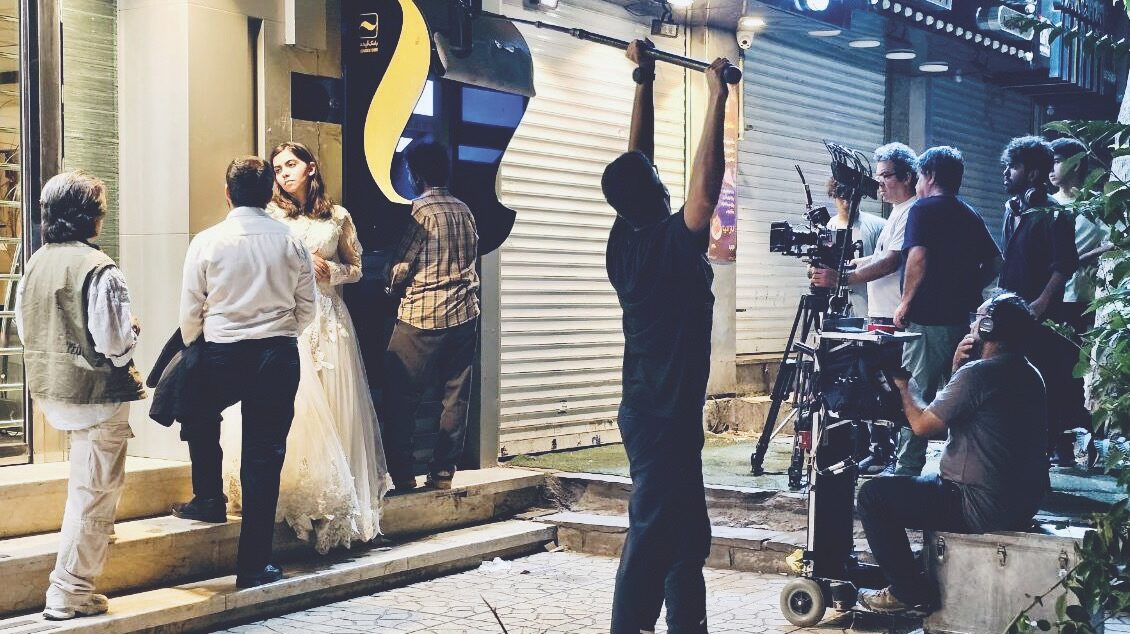
On camera, lenses, gear – and minimal movement
In the film, the choice of camera, lenses and gear wasn’t based on ideal conditions; it was shaped by constraints, narrative demands and a very specific visual style. From the start, we knew we needed a camera that offered good image quality while being agile, discreet and operable with minimal support. The answer was the RED KOMODO – a compact, lightweight, fully modular camera capable of shooting in Raw.
The KOMODO allowed us to shoot comfortably in tight spaces, restricted locations and scenes that required speed and mobility – without complex rigs or a large crew. The film includes numerous scenes inside a van, and in some of them, we didn’t use any kind of stabilisation system. The small size of the KOMODO made it possible to place the camera in different parts of the vehicle without relying on time-consuming or elaborate mounts (essential, given the limited space, tight schedule and paramount need for discretion).
In terms of lighting, the KOMODO’s sensor sensitivity – combined with careful scene design – allowed us to capture many sequences using available light or minimal enhancement, while maintaining the natural feel of each environment.
For lenses, we wanted glass that balances spatial depth and emotional proximity, allowing the audience to experience the story in an honest and unfiltered way, without exaggeration in scale or compression. Camera movement was also kept minimal used either for specific dramatic reasons or choreographed to blend with the actors’ rhythm and the tone of the scene.
On matching visual tone with narrative rhythm
The visual tone is reflected by the emotional rhythm of the story itself. The narrative unfolds at a human, irregular tempo: at times slow and uncertain, at others dense and filled with tension. This ebb and flow found direct expression in the film’s visual language.
In moments when the characters are caught in hesitation, silence or uncertainty, the camera deliberately refrains from interference. It keeps its distance, limits movement or eliminates it entirely allowing space and time to speak for themselves. One example of this approach is a sequence where the camera holds a long shot from a fixed position, tracking Hamid gently with a back-and-forth pan, without dominating him or pulling away. This relative stillness enhances the internal tension and reveals the scene’s underlying rhythm.
By contrast, in critical moments – like the interrogator’s confession – when conflict or decision-making reaches a peak, the camera moves closer, the framing tightens and movement is minimised or fully eliminated. The editing adjusts to the narrative pace, never racing ahead or exaggerating the characters’ emotional states. The goal was for the image to act as silent narrator, resonating with the story’s pulse.
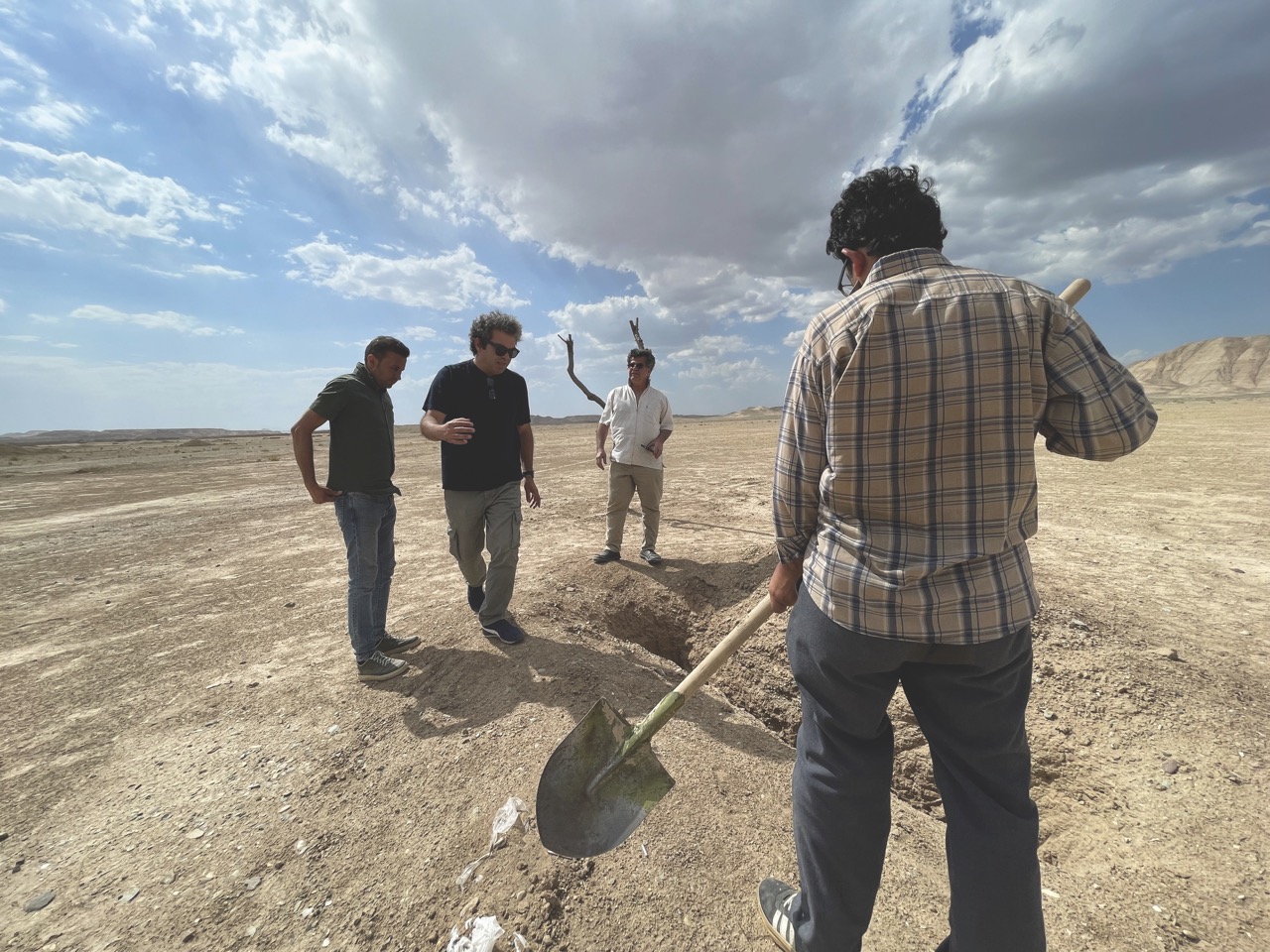
On avoiding tools or techniques that could jeopardise everything
Given that the film was made without official permits and under unstable conditions, every technical decision had to be weighed for both aesthetics and practicality. Many of the conventional tools used in professional cinematography – like dollies, cranes, big lighting set-ups and large crews – were not only inaccessible, but could also be dangerous. We strongly believed that getting the film made was more important than anything else – and if the use of certain equipment could have put the project at risk, then it was out.
From the outset, our approach was to ensure that no element of the production process would draw attention or cause the project to be halted or exposed. These constraints didn’t lead to visual poverty; instead, they became a source of creativity and precision. The camera had to be part of the space – not something external to it. Lighting had to be invisible. Camera movement had to feel natural and in sync with the rhythm of the scene.
This conscious avoidance of high-risk tools and techniques ultimately led to the development of a visual language that not only matched the story but was fully in tune with the production context – a language that, in its simplicity, conveyed the complexity of the characters’ inner worlds.
Naturally, these decisions – whether made during early planning or on-set execution – were either directly initiated by Jafar Panahi or carried out in consultation with and under his final approval. In truth, this kind of guerrilla-style, resource-limited filmmaking would have been impossible without complete alignment between the director and cinematographer.
This story appears in the July/August 2025 issue of Definition


